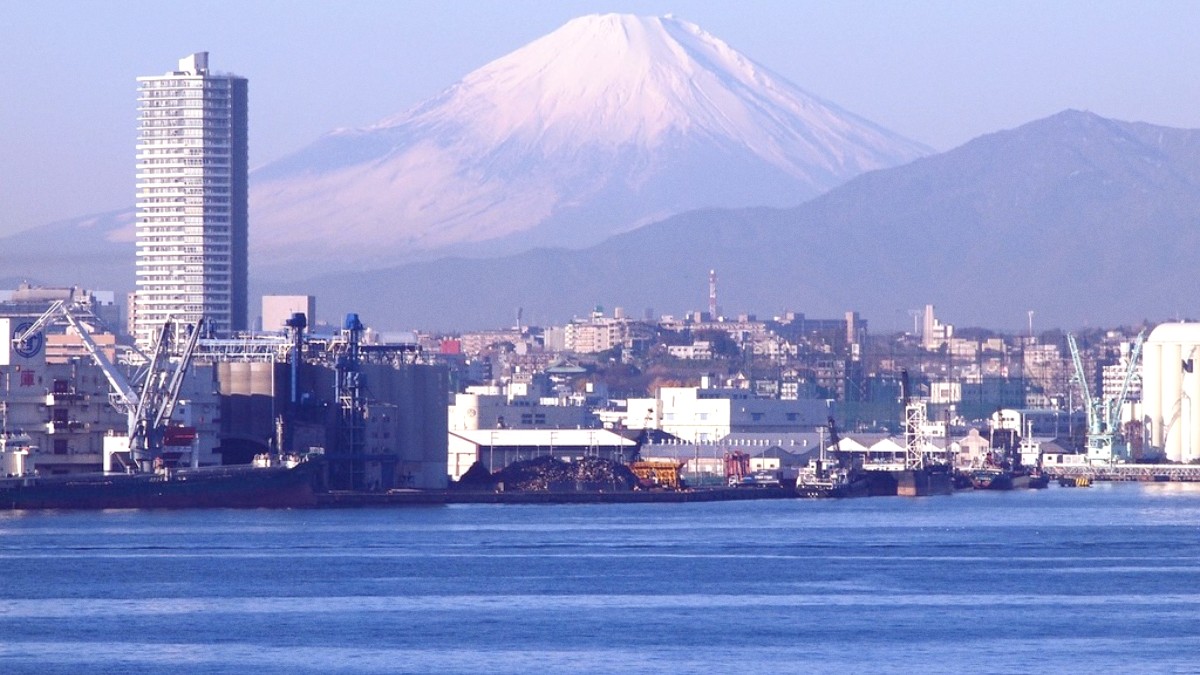
South Of Tokyo, Japan
Yokohama's public transit system offers convenient and reliable travel throughout the city and to surrounding areas. Trains, buses, and subways form the backbone of this network.
Trains (JR and Private Lines): Yokohama Station is the main hub, connecting to JR Lines (Tokaido, Yokosuka, Keihin-Tohoku, Shonan-Shinjuku) for inter-city travel and Private Lines (Tokyu Toyoko, Keikyu, Sotetsu, Minatomirai Lines) for local and regional routes. Shin-Yokohama Station is the Shinkansen stop.
IC Cards (Suica/Pasmo) are highly recommended. Purchase at station ticket machines. Also, paper tickets for single rides and various day passes are available.
Trains and subways run from ~5:00 AM to midnight, with frequent services. Buses have similar hours but may be less frequent late at night.
Major stations and newer lines offer elevators, escalators, and accessible restrooms. Newer buses are often low-floor.
City's main transportation hub.
Shinkansen (bullet train) stop.
Gateway to Minato Mirai and Red Brick Warehouse.
Access to Chinatown and Yamate district.
Taxis offer a convenient, though more expensive, transportation option in Yokohama. Ride-sharing services also operate, mainly connecting to licensed taxis.
Minato Mirai, Yamashita Park to Osanbashi Pier, Yokohama Chinatown, Motomachi, and Yamate are ideal for walking.
Guided tours on historical themes or food tours. Self-guided options with maps or apps are also available.
Limited dedicated bike lanes in urban core. Generally safe on quieter streets and waterfront paths. Exercise caution in traffic.
Beyond standard public transport, Yokohama offers unique and enjoyable ways to experience the city.
Convenient loop bus for main tourist spots.
Included in Minato Burari Ticket.
Water bus service for scenic waterfront travel.
Connects Yokohama Station to Minato Mirai.
Urban ropeway for unique aerial views.
Especially striking at night.
The Yokohama Air Cabin, pictured at Sakuragicho Station, exemplifies the city's innovative approach to urban transportation and sightseeing.
Japan's first urban ropeway, connecting two areas.
Directly links Sakuragicho Station to Unga Park.
Offers unparalleled aerial views of the Minato Mirai skyline.
Purchase an IC card (Suica or Pasmo) at a major station upon arrival.
It significantly simplifies travel on all trains, subways, and buses, saving valuable time at ticket machines and making your Yokohama explorations smoother.